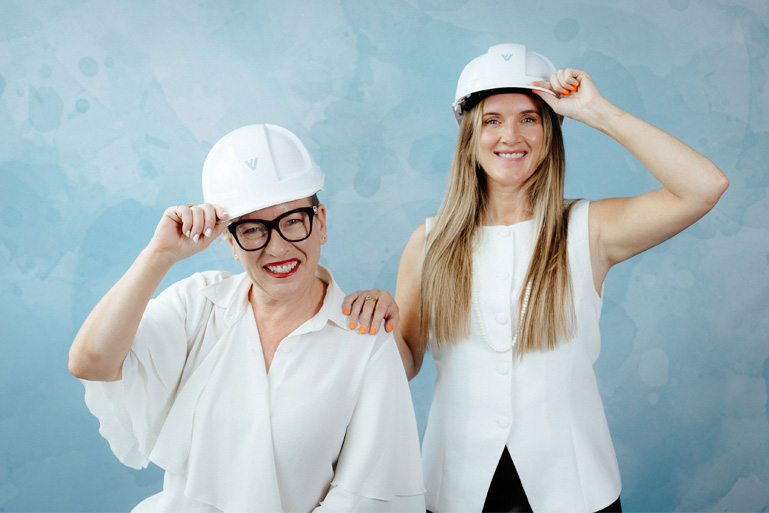Neuroinclusivity is about recognising differences and how they can be valuable.
Neuroinclusivity is about celebrating neurodiversity and the positive results that come with incorporating different ways of thinking into a workplace.
Here look at defining neuroinclusivity and how we can implement practices that promote this in the workplace.
What is neuroinclusivity?
Within the workplace, neuroinclusivity is about recognising differences and how they can be valuable. It focuses on the strengths of different ways of thinking, and positively frames the discussion around neurodiversity.
There are several advantages to having neurodiverse people in the workplace and being a part of an environment that is neuroinclusive.
Research shows neurodiverse people are often:
- More loyal.
- Honest with feedback.
- Offer new perspectives which allow for innovation in the business.
- More productive (according to JP Morgan Chase, 2016).
Combined, this offers a business greater chances for innovation and profit, while increasing staff retention rates.
Looking at hiring a person who is neurodiverse? Here you can read about our tips to embrace neurodiversity in recruitment.

Building blocks for neuroinclusivity
So, how do you go about encouraging neuroinclusivity in the workplace?
We recently had the pleasure of attending a webinar held by RCSA, ‘Supporting Autistic Talent to Thrive’. Susan Reddrop from the presenting organisation, Specialisterne, discussed clear building blocks that organisations can implement to support neurodiverse team members.
-
Work on existing DEI-critical skills
If you are part of an organisation with a strong DEI focus, then it’s likely you’re already cultivating the skills necessary to support a neurodiverse workforce. This includes things like communication, openness, eagerness to learn, adaptability, listening and patience.
The framework you develop to support your neurodiverse team members will look different for each person. This will ensure you meet their individual needs and preferences, so go into this knowing that you don’t have a one-size-fits-all solution.
This leads to the second point.
-
Ask your neurodiverse team members
One of the biggest challenges to the neurodiverse community is the assumptions of others.
Make a stand, and don’t make any assumptions about your team members. Instead, empower them, get to know them, and ask what you need to know.
Common questions could include:
- How do you like to learn?
- In what ways do you like to have things explained to you?
- What are your preferred communication methods with your team and manager?
- Can I assist you in providing structure to your working day?
- Do you have any sensory sensitivities?
- If so, how can we help you to manage those in the workplace (home or office)?
- Can I assist you in managing competing priorities?

-
Create a support team
Having a support team in place means your team member will have dedicated people to connect with, flag issues and build a better framework that allows them greater participation at work.
A support team could include your neurodiverse team member, their manager, HR, a designated buddy and (possibly) specialist external agencies.
It’s important to note that a buddy is not someone who is an expert in autism or neurodiversity. Instead, they should be a colleague who is first and foremost their friend and secondly open and curious to go on the journey alongside their colleague.
Together, the team can work on how they provide support.
-
Implement structures that reduce anxiety
The presence of workplace inclusion has the power to impact mental health positively. There are three goals in providing support to the neurodiverse: lower anxiety, reduce the chances of misunderstanding and improve working standards.
Structures that can help to reach these goals are things like:
- Setting how often the team will communicate and in what format
- Being clear on expectations with responsibilities
- Being thorough with feedback





